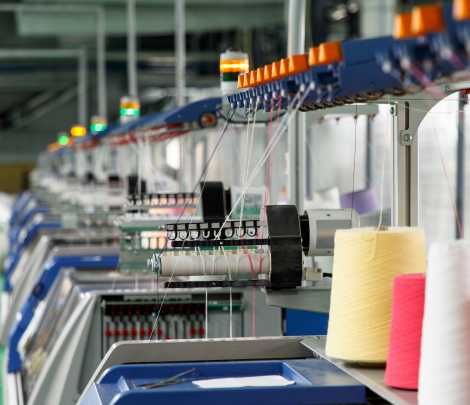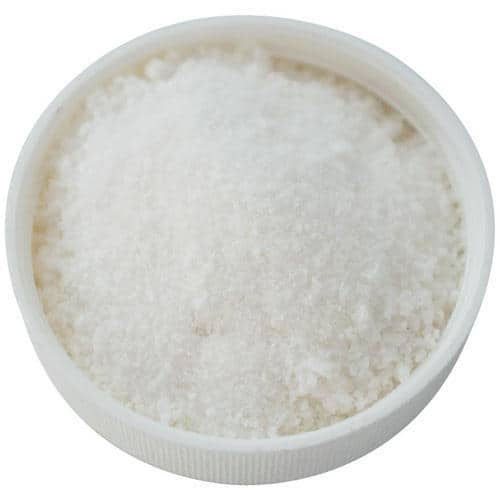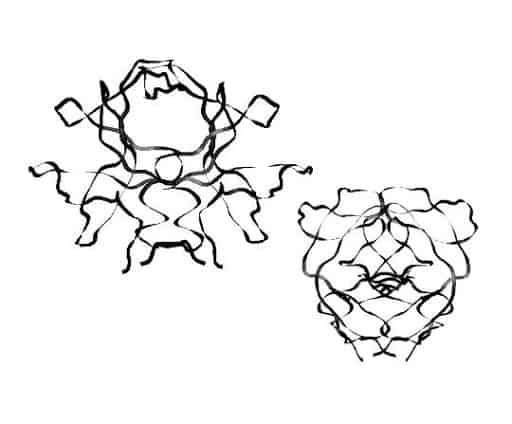


Enzymes for Textile Industry
Textile Enzymes Manufacturer India
Our textile enzymes help businesses to overcome conventional production problems at a pocket-friendly price. Reach out to us to get the best textile enzymes for the quality production of fabrics today.
Lipase Enzyme For Textile Industry
Lipase has been used in bio-scouring in the textile industry. Bio-scouring is a process of removal of the protein, wax, and oil by using a lipase enzyme.
Our Processing Flow

Cellulase and pectinase enzymes for Bio-Scouring
Scouring is removal of non-cellulosic material present on the surface of the cotton. cellulase and pectinase are combined and used for Bioscouring. In this pectinase destroy the cotton cuticle structure by digesting the pectin and removing the connection between the cuticle and the body of cotton fibre whereas cellulase can destroy cuticle structure by digesting the primary wall cellulose immediately under the cuticle of cotton.

Alpha amylase enzymes for Desizing
Amylases are used in textile industry for de-sizing process. De-sizing involves the removal of starch from the fabric which serves as the strengthening agent to prevent breaking of the warp thread during the weaving process. The alpha amylases remove selectively the size and do not attack the fibres.

Cellulase for Biopolishing
Cellulase enzymes is used for the finishing treatment of cellulosic fabrics. bio-polishing is to upgrade the quality of the fabric by removing the protruded fibres from the surface and modification of the surface structure of the fibre, thereby making it soft and smooth.
Enzymes Used in Textile Industry
Texozyme-LTAP (Desizing Powder)
Low Temperature Alpha Amylase, also known as Texozyme-LTP, is used in the de-sizing process to remove starch from the fabric, which acts as a strengthening agent to stop the warp thread from breaking while the cloth is being woven. The alpha amylases remove selectively the size and do not attack the fibres in cold process.
Texozyme-LTAL (Desizing Liquid)
Texozyme-LTL is Low Temperature Alpha Amylase Liquid is a high performance, wide pH Tolerance Amylase for cold Desizing process in textile industries.
Texozyme-AC & Texozyme-NC (Bio-polishing)
Texozyme-Acid Cellulase and Texozyme-Neutral Cellulase Enzymes are used for the finishing treatment of cellulosic fabrics. Bio-polishing aims to upgrade the quality of the fabric by removing protruding fibers from the surface and modifying the surface structure of the fiber, thereby making it soft and smooth.
Texozyme-SCOUR
Texozyme-SCOUR is Blend of Cellulase and Pectinase enzyme for Bio-Scouring, Scouring is removal of non-cellulosic material present on the surface of the cotton. While cellulase can damage the cotton cuticle structure by digesting the primary wall cellulose that is present directly beneath the cotton cuticle, pectinase can do so by consuming the pectin and severing the link between the cuticle and the cotton fiber body.
Texozyme-CATA (Peroxide Killer)
Texozyme-CATA is catalase enzyme; it is used for Breaks down Hydrogen Peroxide to Oxygen and Water and Mainly Applied in Bleach Clean-up Process.
Are you looking for enzymes?
We're Here to Assist
Frequently Asked Questions(FAQ)
Yes, enzymes have a positive impact on the sustainability of textile manufacturing. They offer several environmentally friendly benefits. Enzyme-based processes reduce the need for harsh chemicals, thus minimizing the environmental footprint. Furthermore, enzymes are biodegradable and do not contribute to pollution or harmful waste accumulation. By improving process efficiency, enzymes also help conserve resources such as water and energy.
Amylase is utilized in the textile industry for desizing fabric, where starch-based sizing agents are broken down. This enzyme, when applied during enzymatic desizing, hydrolyzes starch into smaller, soluble molecules such as dextrins, maltose, and glucose. By removing these sizing agents, amylase facilitates efficient and environmentally friendly textile production processes, contributing to improved fabric quality and reduced damage.
